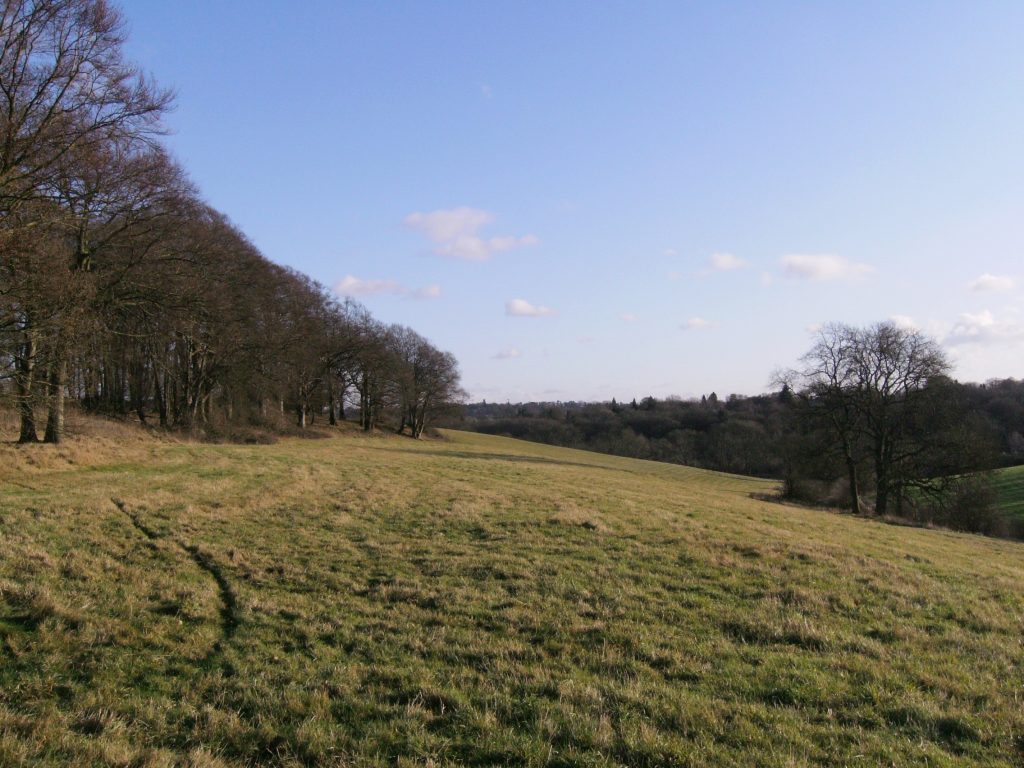Green belt blues
Well, you live and learn.
Did you know that, although around 12.4% of England is designated as green belt, it’s mostly poor quality scrubland?
Did you know that building on green belt land is only unpopular thanks to a misconception that it involves concreting over the countryside?
Did you know the Government has no desire to build more homes? That, instead, it’s been launching initiative after initiative to fuel demand and keep property prices sky-high?
You didn’t? Keep up. You really need to read the latest research from “new-build specialists” Unlatch which has come my way. It says that concreting over green belt, sorry building new homes on “poor quality scrubland”, could ease the housing crisis by building 586,814 new homes.
Probably not worth pointing out that’s not even a couple of years of current targets and not nearly enough to satisfy Whitehall’s build-build-build policies. No, not even its desire “to fuel demand”.
Perhaps Unlatch feels the development sector’s long-standing campaign to build all over London’s green belt, or even other green belts, needs a fresh boost? Perhaps it fears Rishi Sunak’s recent comments about green belts may not just be leadership election piffle?
Let’s see what the company’s ominously titled “Head of UK”, Lee Martin, has to say.
“Building on the green belt isn’t the most popular of opinions and, as a result, the Government has largely turned their back on the idea to prevent public outcry,” he says.
This will come as news to many campaigners fighting dozens of major green belt releases – and not just in south-east England.
“But the reality is that a great deal of green belt land is wrongly classified as such and utilising it to address the housing crisis would not mean paving over our green and pleasant countryside,” he continues.
Difficult to know what’s meant by this one. Presumably it doesn’t mean that vast areas of England’s green belts are brownfield. No, apparently, it’s a much-derided 2014 article in The Guardian which asserted both that green belt land “has no inherent ecological or agricultural value” and it isn’t chosen because it has “natural beauty or protected wildlife”.

But what does that “wrongly” mean? It’s correct of course that green belts aren’t designated because of these qualities but to curb English cities’ tendency to spread thanks to builders’ love of profitable, low-density, car-dependent sprawl.
They are, however, rich in land that is ecologically and/or agriculturally valuable and land which has natural beauty and/or protected wildlife. Oh, and by the way, although there is certainly some scrubland within them, that generally has high ecological value too.
But Mr Martin isn’t done yet.
“It’s clear that the Government has absolutely no desire to build more homes to meet the needs of the nation, instead launching initiative after initiative to fuel demand and keep property values sky high,” he claims.
This will come as a major surprise to those who’ve watched progressive destruction of English planning controls over the past 20 years to fuel building of new homes, a significant percentage of them on green belt land. Remember brownfield-first? That went 10 years ago and the NPPF has plenty of ways of getting green belt land released, despite the fine words about keeping them open in perpetuity.
“But if they won’t consider the boost to housing stock that just 1% of the green belt could bring, perhaps their ears might prick up at the sound of the £250bn it would add in value?” he concludes.
Well, I hope this isn’t a suggestion that ministers might have some financial interest in promoting green belt sprawl. I’ve heard them accused of many things, misguidedness certainly, but not that.
Equally let’s hope this isn’t all in response to Mr Sunak’s comments (during a leadership bid).
We do need a responsible debate about what sort of housing we need to build and where. But it probably won’t involve fuelling building industry PR with a load of old tosh.
Jon Reeds
 Jon Reeds
Jon Reeds
 Nigel Pearce
Nigel Pearce